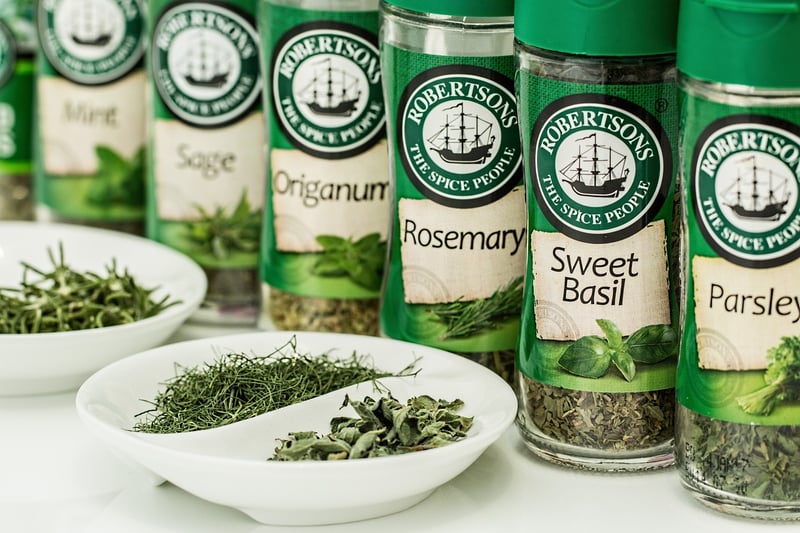Harvesting Thyme
Cultivating Culinary Herbs: A Beginner's Guide
The Joy of Growing Your Own Culinary Herbs
Growing culinary herbs at home can be a rewarding experience. Not only do they add fresh flavors to your dishes, but they also make your kitchen garden vibrant and aromatic.
Getting Started with Herbs
When starting your herb garden, consider herbs like basil, mint, rosemary, and thyme. These herbs are versatile, easy to grow, and perfect for beginners.
Tips for Cultivating Culinary Herbs:
- Choose a sunny spot: Most herbs thrive in full sun, so make sure they get at least 6-8 hours of sunlight daily.
- Use well-draining soil: Herbs prefer soil that drains well to prevent waterlogging.
- Water appropriately: Keep the soil moist but not waterlogged to avoid root rot.
- Prune regularly: Pruning encourages bushier growth and better flavor development.
- Fertilize sparingly: Herbs don't need much fertilizer; a light application of organic fertilizer once a month should be sufficient.
Harvesting Thyme: A Fragrant Herb
Thyme is a versatile herb with a delightful fragrance, commonly used in Mediterranean cuisine. Here's how you can harvest thyme from your garden:
Harvesting Thyme Tips:
- Pick in the morning: Harvest thyme in the morning when the essential oils are most concentrated.
- Use sharp scissors: Snip the stems with sharp scissors or pruning shears to avoid damaging the plant.
- Harvest the top growth: Trim the top 4-5 inches of the stems, leaving some growth for the plant to regrow.
- Air dry or store fresh: Thyme can be air-dried by hanging bundles upside down or stored fresh in the refrigerator.
By following these simple tips, you can enjoy a bountiful harvest of fresh thyme for your culinary creations.

Start your herb garden today and discover the joys of cultivating and harvesting your own culinary herbs!
For more information on growing herbs, check out our herb gardening guide.
